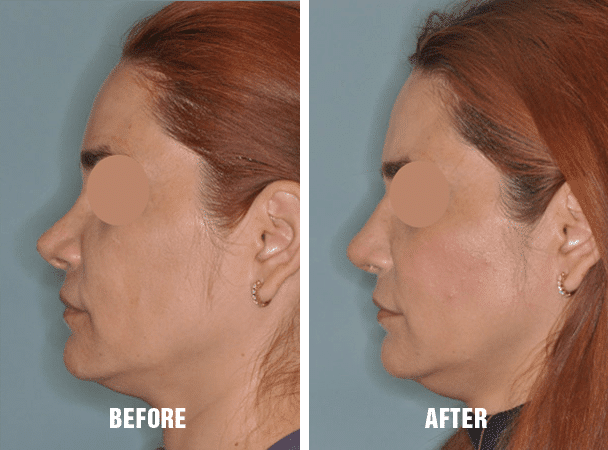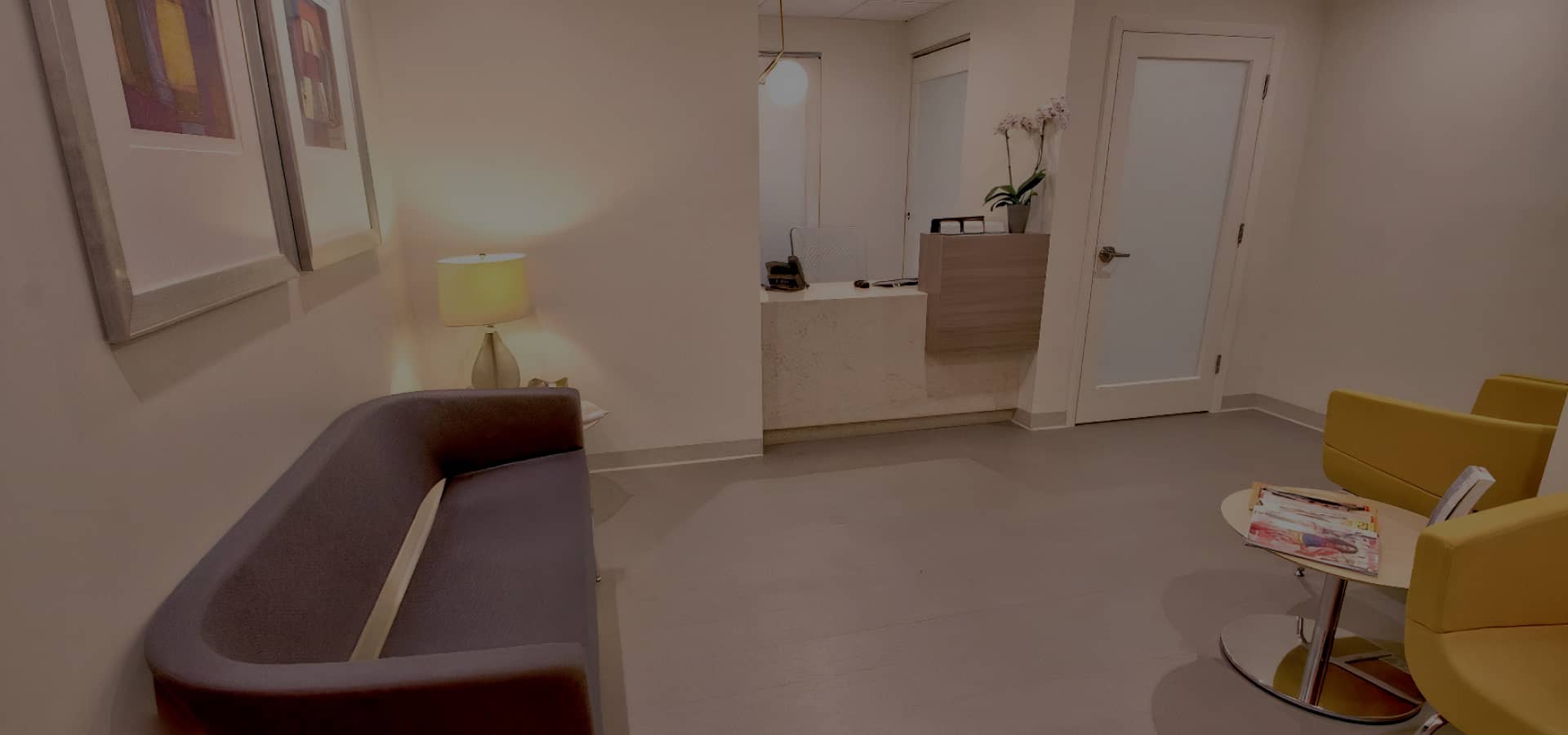Revision rhinoplasty is a complex surgical procedure that aims to correct issues that have arisen from a previous rhinoplasty surgery. These issues can be functional, aesthetic, or both. In many cases, rhinoplasty patients who have undergone primary rhinoplasty may find themselves unhappy with the results, leading them to seek out a skilled facial plastic surgeon, like Dr. Anthony Bared in Miami, for revision surgery. One of the most common issues addressed in revision rhinoplasty is the “scooped nose,” which can result from an overly-aggressive removal of the nasal dorsum during the initial surgery.
What is Revision Rhinoplasty?
Revision rhinoplasty, also known as secondary rhinoplasty, is a surgical procedure that corrects cosmetic or functional issues that were not fully addressed or have developed since the first procedure. This can include functional issues, such as difficulty breathing due to a deviated nasal septum, internal nasal valve collapse, or excess cartilage, or aesthetic issues, like an unsatisfactory appearance of the nasal bridge, nasal bones, or nasal hump. Revision rhinoplasty is a more complex procedure than primary rhinoplasty, as the surgeon must work with the altered nasal structures and address any scar tissue or other soft tissue complications that may have arisen from the initial surgery.
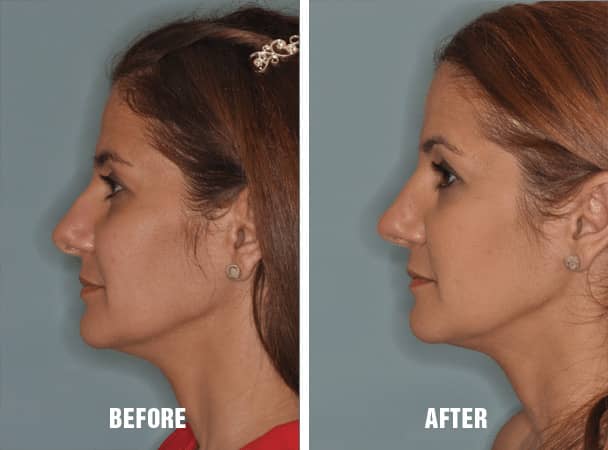
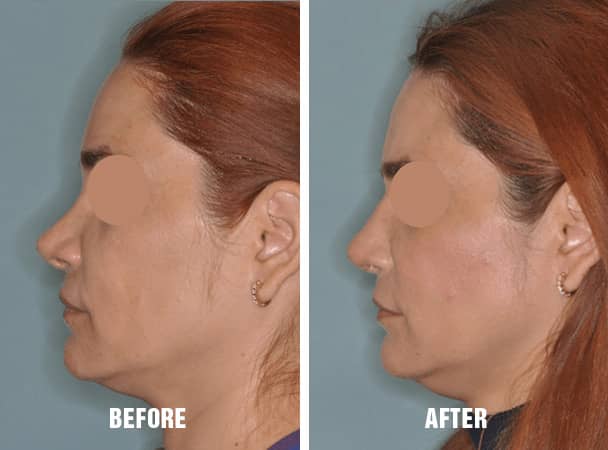
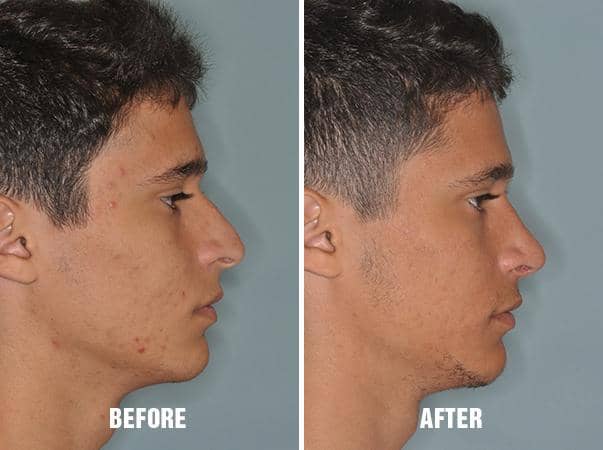
What are the Benefits of Revision Rhinoplasty?
There are several benefits to undergoing revision rhinoplasty, including:
- Improved nasal function: Revision rhinoplasty can help to correct functional issues such as nasal obstruction, difficulty breathing, or other breathing issues that may have resulted from the initial surgery.
- Enhanced appearance: A skilled facial plastic surgeon like Dr. Bared can help to achieve a more aesthetically pleasing and natural-looking nose by correcting any issues that have arisen from the initial surgery, based on a well-prepared surgical plan.
- Increased self-confidence: Male or female patients who are unhappy with the results of their primary rhinoplasty may experience a boost in self-confidence and overall satisfaction with their appearance after undergoing revision rhinoplasty.
What Is the Scooped Nose Look?
The “scooped nose” look is characterized by an overly concave or scooped-out appearance of the nasal dorsum, which can make the nose appear unnatural and unbalanced. This is often the result of an overly-aggressive removal of the nasal dorsum during the initial rhinoplasty surgery. An attractive nose should ideally possess a suitable supratip break, serving as the dividing line between the nose tip and the dorsum. Surgeons sometimes mistakenly create a scooped appearance by lowering the nasal dorsal too much, instead of focusing on the supratip break, which can affect the caudal septum and the lateral cartilages.
What Causes a Scooped Nose?
A scooped nose can be caused by several factors, including:
- Overly-aggressive removal of the nasal dorsum or dorsal septum during the previous surgery: This can result in a scooped-out appearance of the nose, affecting the dorsal profile.
- Inadequate surgical technique: A less experienced surgeon may not be able to properly visualize or plan for the desired outcome, leading to a scooped nose.
- Healing complications: Sometimes, even with the best surgical technique, the healing tissue could collapse or retract and can create a scooped or depressed appearance. In some cases, issues with the nasal mucosa or subcutaneous tissue during the healing process can also contribute to a scooped appearance.
How Can a Miami Plastic Surgeon Repair a “Scooped Nose” in Revision Rhinoplasty?
Repairing a scooped nose in revision rhinoplasty is a complex surgical procedure that aims to correct issues that have arisen from a previous rhinoplasty surgery, such as a dorsal hump or nasal hump. A skilled facial plastic surgeon like Dr. Anthony Bared in Miami can rebuild the dorsum using the patient’s own cartilage for grafts, which is preferred, as it avoids foreign materials and reduces the risk of infection. Septal cartilage, ear cartilage, or rib cartilage is used to augment the dorsum, with the graft giving the nose a new, sturdy structure and shape. This helps to create a more natural-looking and aesthetically pleasing nose while also addressing any functional issues, such as breathing difficulties caused by a deviated nasal septum or internal nasal valve collapse.
Revision rhinoplasty Miami is a highly complex surgery as the normal anatomy of the nose is no longer existent.
This involves the use of cartilage grafts from the patient’s septum, ear, or rib, which can help to refine the nasal tip or support the lateral cartilages for improved shape and structure. This advanced technique is often used in cosmetic rhinoplasty to achieve the desired aesthetic outcome.Are There Any Risks Involved With Revision Rhinoplasty?
Similar to other surgical operations, re
vision rhinoplasty carries certain risks. However, selecting an experienced and skilled facial plastic surgeon like Dr. Bared can substantially minimize these risks. Some of the potential risks associated with revision rhinoplasty include:
- Infection: Oral antibiotics are used after surgery to minimize the risk of infection.
- Bleeding: As with any surgical procedure, there is a risk of bleeding during or after the nose surgery.
- Scarring: Revision rhinoplasty may result in visible scarring, although an experienced surgeon will work to minimize this as much as possible, for example, by using a closed rhinoplasty technique when appropriate.
- Anesthesia risks: As with any surgery, there are risks associated with anesthesia, such as an allergic reaction or complications from the medications used.
- Unsatisfactory results: In some cases, patients may still be unhappy with the results of their revision rhinoplasty, even months after surgery. However, choosing a skilled and experienced surgeon like Dr. Bared can help to minimize this risk.
How Much Does Revision Rhinoplasty Cost?
The cost of revision rhinoplasty procedures will differ depending on the individual requirements and goals of the patient. Due to the complexity of revision surgeries, they tend to cost more than the original procedure.
The extent of the correction(s) will determine the length of the cosmetic surgery, whether additional grafting materials are needed, and the type of anesthesia needed. Dr. Bared will discuss the cost of revision rhinoplasty with you during your consultation, as well as any financing options that may be available.
Keep in mind that factors such as the surgeon’s expertise, the case’s complexity, and the geographical area, as well as the general expenses linked to plastic surgery, can cause the average price of revision rhinoplasty to fluctuate.
Frequently Asked Questions about Revision Rhinoplasty
What is the Typical Recovery Process for Revision Rhinoplasty?
Revision rhinoplasty healing time is highly variable, with recovery times typically ranging from several weeks to a few months. Swelling and bruising are common after the procedure, and patients may experience discomfort and nasal congestion. It is important to follow post-operative instructions and avoid strenuous activity to facilitate the healing process. Ultimately, the recovery length depends on individual factors and the extent of the revision performed.
Are There Any Risks Involved With Revision Rhinoplasty?
As mentioned earlier, there are risks involved with any surgical procedure, including revision rhinoplasty. However, these risks can be minimized by choosing a skilled and experienced facial plastic surgeon like Dr. Bared. Some of the potential risks associated with revision rhinoplasty include infection, bleeding, scarring, anesthesia risks, and unsatisfactory results.
What Factors Should I Consider Before Getting Revision Rhinoplasty?
Before getting revision rhinoplasty, it’s crucial to consider various factors. Firstly, consult with a qualified surgeon experienced in secondary rhinoplasty options. Evaluate the reasons for revision, desired outcomes, and potential risks. Understand the limitations of the procedure and discuss your expectations. Additionally, take into account the time needed for recovery and the financial implications. Thorough consideration ensures the best decision for successful revision rhinoplasty.
Can a non-surgical nose job fix a scooped nose?
In some cases, a non-surgical rhinoplasty using dermal fillers can help to temporarily improve the appearance of a scooped nose. However, this approach is not a permanent solution and may not be suitable for all patients, especially those with more severe deformities or functional issues. Revision rhinoplasty is the most effective method for addressing a scooped nose and achieving long-lasting results.
